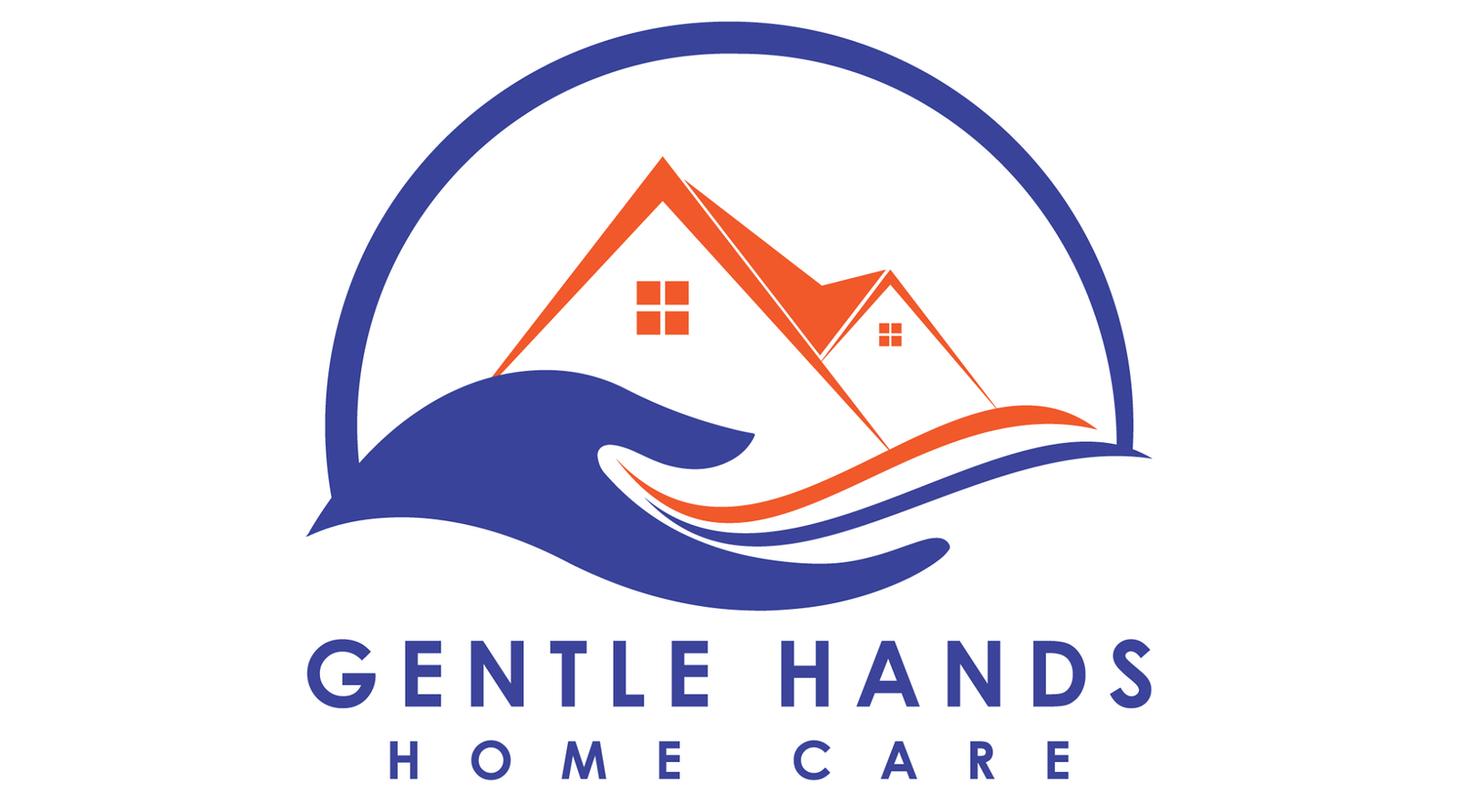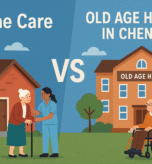In recent years, technology has transformed almost every aspect of our lives. From communication to entertainment, technology has impacted us in significant ways. One of the areas where technology has made a significant impact is in-home care services. With the help of technology, home care services have become more efficient, cost-effective, and accessible. In this blog post, we will discuss the role of technology in-home care services.

The Role of Technology in Home Care Services
Remote Monitoring Devices
One of the most significant benefits of technology in home care services is the availability of remote monitoring devices. These devices allow healthcare providers to monitor patients’ vital signs, such as blood pressure, heart rate, and oxygen levels, remotely. This remote monitoring enables healthcare providers to provide timely intervention and make necessary adjustments to treatment plans.
For example, remote monitoring devices can help healthcare providers detect any changes in a patient’s condition, such as a sudden drop in oxygen levels. They can then contact the patient or caregiver and recommend the necessary action, such as administering oxygen or calling for emergency medical assistance.
Telemedicine
Telemedicine is another area where technology has made significant strides in-home care services. With telemedicine, patients can connect with their healthcare providers remotely. This is particularly helpful for patients who are unable to travel to a healthcare facility, such as those living in remote or rural areas.
Telemedicine allows healthcare providers to diagnose and treat patients through virtual consultations. Patients can discuss their symptoms, and healthcare providers can make recommendations, prescribe medications, and order diagnostic tests. This technology has made healthcare more accessible and convenient for patients, especially those who have mobility issues or live far away from healthcare facilities.
Electronic Medical Records (EMRs)
Another significant impact of technology on home care services is the adoption of electronic medical records (EMRs). It has replaced paper-based medical records, making it easier for healthcare providers to access patient information. EMRs are secure and confidential, ensuring that patient information is protected.
EMRs allow healthcare providers to track a patient’s medical history, medications, and allergies. This information is crucial for providing accurate and safe care to patients. EMRs also facilitate communication between healthcare providers, ensuring that everyone involved in a patient’s care has access to the same information.
Medication Management Systems
Medication management systems are another technology that has improved home care services. These systems help patients manage their medications by reminding them when to take their medications and how much to take. Medication management systems can also alert healthcare providers if a patient misses a dose or takes the wrong medication.
Medication management systems are especially helpful for elderly patients who may have difficulty remembering their medications. They can also help patients with chronic conditions who require multiple medications to manage their condition.
Smart Home Technology
Smart home technology is another technology that has made home care services more accessible and convenient. It allows patients to control their environment through voice commands or mobile apps. For example, patients can adjust the temperature, turn on lights, and open or close doors using voice commands.
Smart home technology is particularly helpful for patients with mobility issues or disabilities. They can control their environment without having to rely on caregivers or family members.
Conclusion
In conclusion, the role of technology in-home care services has made significant strides. Remote monitoring devices, telemedicine, electronic medical records, medication management systems, and smart home technology have all made home care services more efficient, cost-effective, and accessible. These technologies have also improved patient outcomes and quality of life. As technology continues to advance, we can expect even more innovations that will revolutionize home care services.





